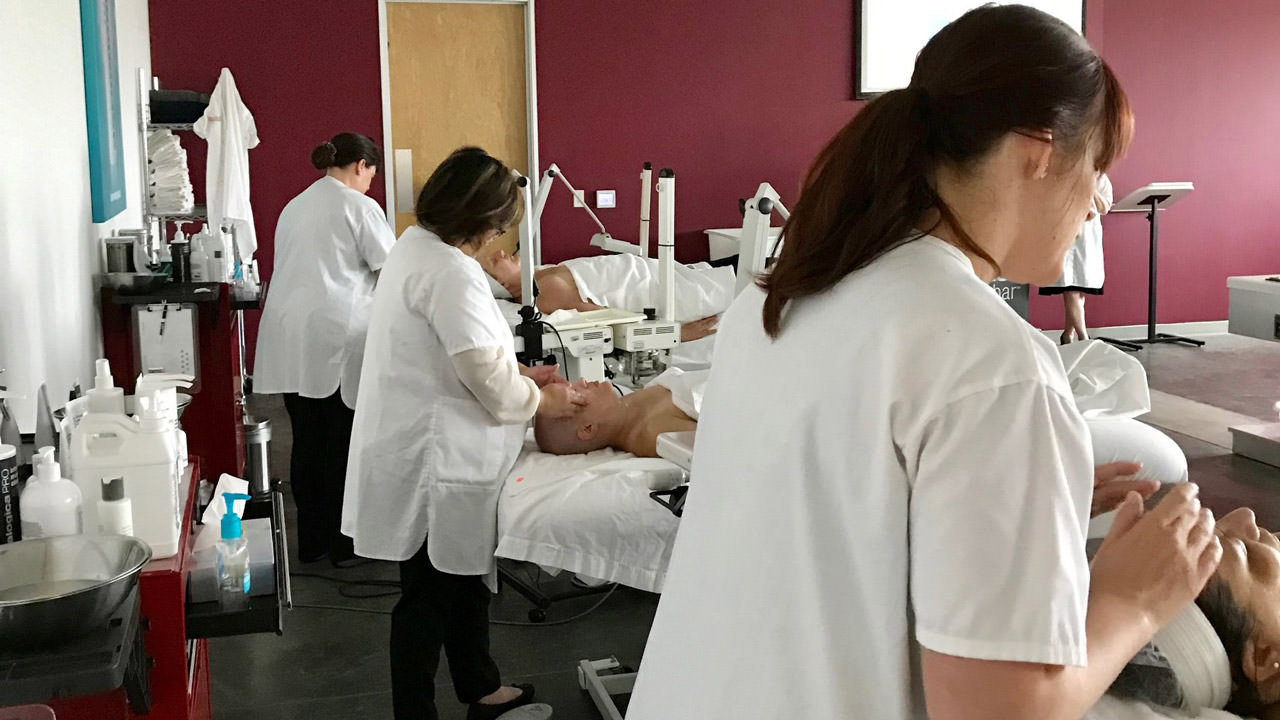Partnering with Healthcare Providers
Many hospitals and clinics around the world have added massage and esthetics to the integrative care plan of their patients.
In the United States, massage is now recommended by the Joint Commission, the Department of Labor, the National Institutes of Health, the Department of Defense, and the Department of Veterans Affairs as a first-line, non-pharmacological approach to treat pain and other symptoms. The oncology massage therapist and the oncology esthetician are a valuable part of the integrative healthcare team. Therapists often consult with oncology providers to design a safe session plan.
Massage and esthetic services are continually adapted to health status, goals, job, and lifestyle factors. As a part of the integrative healthcare team therapists and technicians are ready to help answer a wide range of critical questions about massage or esthetic services:
- Is massage or esthetic services appropriate at this time?
- If appropriate, what are the current best practices?
- Which therapeutic techniques should be integrated into the overall care plan?
- How much pressure should be used?
- How long should the session last?
- What positioning would be most comfortable?
- What qualifications and credentials should an oncology massage therapist or oncology esthetician possess?

An oncology trained therapist does not just provide care during the time of the cancer diagnosis and treatment, they are also available for follow-up care. There may be special considerations following treatment, such as peripheral neuropathy, lymphedema risk, scar tissue, or fatigue that a skilled oncology trained therapist can safely navigate with input from the integrative healthcare team.
Our Resource Page is a valuable tool offering healthcare providers access to:
- Our Preferred Practitioner Directory – a resource to locate skilled, oncology-trained massage therapists and estheticians around the US and internationally
- Current research on the benefits of oncology massage and esthetics
- Cancer resource links for patients and caregivers
For nurses who have not witnessed the positive effects of massage on patients, all it takes is seeing someone who has struggled with pain management become relaxed, sleep more comfortably, or willingly participate in activities and engage with others to convince the nurse that this is a worthwhile intervention. This “show-and-tell” effect has proven, time and again, to be the most impactful method of promoting massage at bedside.
Catherine Weaver, MSN, HN-BC, INFF, RN Integrative C.A.R.E. Services Coordinator Baptist Health Lexington, Lexington, KY